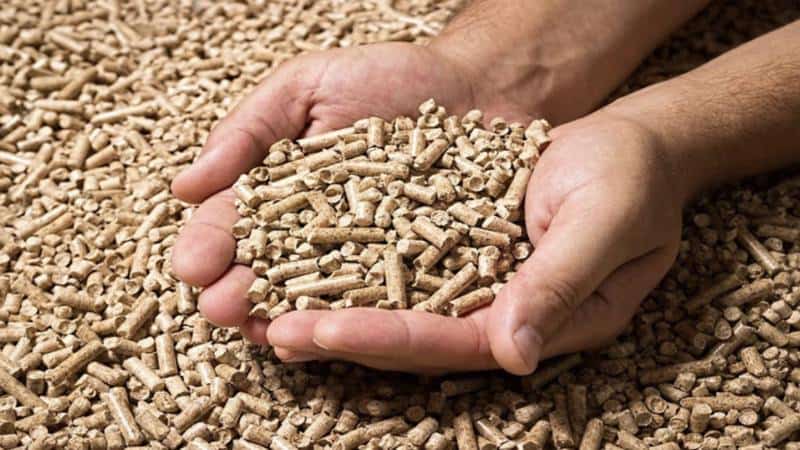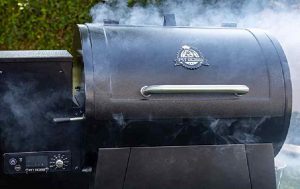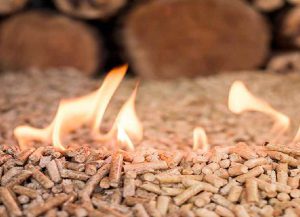Running out of pellets during a cookout is a situation every grilling enthusiast wants to avoid.
To ensure you have enough fuel for your pellet grill, it’s crucial to know the longevity of your pellets.
We’ve analyzed data from testing numerous pellet grills and compiled this guide to help you understand how long you can expect a bag of pellets to last while cooking up delicious meals on your grill.
Stay tuned for the answers and tips to make your grilling experience a smooth and satisfying one.
- How Long Will A Bag Of Pellets Last?
- Factors Influencing Pellet Consumption:
- Estimated Pellet Consumption for Different Grill Models(Chart)
- How to Properly Store Wood Pellets?
How Long Will A Bag Of Pellets Last?
If you’re new to using pellet grills or stoves, you might be wondering how long a bag of pellets will last.
In this guide, we’ve combined insights from three different sources to provide you with a comprehensive understanding of pellet consumption and the factors that influence it.
This way, you can make informed decisions and ensure you always have enough pellets for your cooking or heating needs.
Factors Influencing Pellet Consumption:
Temperature setting and grill model:
Pellet grills burn between one to three pounds of pellets per hour, depending on the set temperature and the grill’s make and model.
For example, at 225°F, you’ll burn between 0.5 and 1 pound per hour, while at higher temperatures, you can expect to burn as much as 3 pounds per hour.
Weather conditions:
How many pellets your grill goes through in an hour will also depend on external factors such as temperature, humidity, and wind speed.
Related >> Can You Use A Pellet Grill In The Winter?
Grill size and efficiency:
The size and efficiency of your grill will play a role in how long your pellets last. Grills with larger cooking surfaces will use more pellets, while those with smaller cooking surfaces will use less.
Highly insulated grills, like the Yoder YS640S, will be more efficient and use fewer pellets per hour compared to cheaper grills from big box stores.
Stove or insert burn rate:
For pellet stoves and inserts, the burn rate, or heat setting, will determine how long a bag of pellets lasts.
One pound of wood pellets produces approximately 8,000 BTUs of heat. If you burn pellets on a low setting (1.5 lbs./hour or 12,000 BTUs), a 40-pound bag will last around 26 hours.
In contrast, if you burn pellets at a high rate (5 lbs./hour or 40,000 BTUs), a bag will last about 8 hours.
Thermostat settings:
If your stove or insert operates on a thermostat, the burn rate will automatically vary depending on the temperature setting.
Estimating Pellet Usage:
On average, a 20-pound bag of wood pellets can last anywhere from 6 to 20 hours, depending on the factors mentioned above.
It’s essential to consider the make and model of your grill, the temperature settings, and external factors when estimating how many pellets you’ll need for a specific cook time.
It’s always better to round up the number of wood pellets you think you’ll need to avoid being left with an unfinished meal.
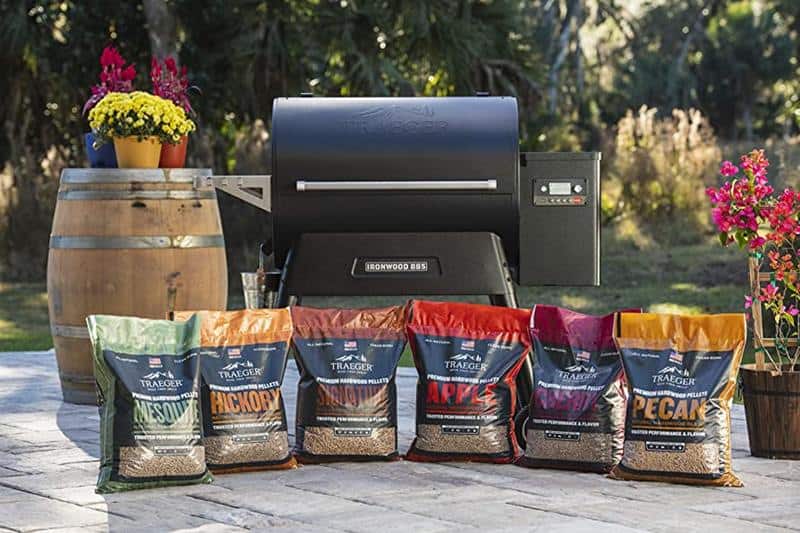
Estimated Pellet Consumption for Different Grill Models
| Pellet Grill Model | Low Temp Burn Rate (225°F) | High Temp Burn Rate (450°F and up) |
|---|---|---|
| Camp Chef Woodwind | 0.75 lbs per hour | 2 lbs per hour |
| Traeger Pellet Grills | 1 lb per hour | 3 lbs per hour |
| ZGrills 700 Series | 1 lb per hour | 2 lbs per hour |
| Pit Boss Pellet Grills | 1 lb per hour | 3 lbs per hour |
| Louisiana Grills Black Label | 1.6 lbs per hour | 4.5 lbs per hour |
| Green Mountain Trek | 0.5 lbs per hour | 2 lbs per hour |
| Weber SmokeFire | 1.25 lbs per hour | 4 lbs per hour |
Please note that the above figures are estimates and can vary depending on factors like grill efficiency, weather conditions, and the specific model within each brand.
It’s always a good idea to round up your pellet consumption estimates to ensure you have enough pellets for your entire cook time.
How to Properly Store Wood Pellets?
When stored correctly, pellets can last from six to twelve months. To ensure the longevity and quality of your wood pellets, it’s crucial to store them correctly.
By following these essential storage guidelines, you can maintain their efficiency and avoid potential hazards.
Avoid storing pellets in the grill hopper
Although it may be tempting to leave pellets in the hopper for convenience, most grill manufacturers advise against this practice.
Extended storage in the hopper can lead to clogged pellets and a gummed-up auger.
While some users in arid, low-humidity areas may leave pellets in their hoppers for a few weeks without issues, it’s not recommended.
Choose a cool, dry location
The optimal storage environment for wood pellets is a cool, dry place, away from direct sunlight and humidity.
A shed or garage can be suitable, but ensure that it’s well-ventilated and not overly humid.
Proper storage can help pellets last anywhere from six to twelve months, depending on factors like humidity levels and pellet quality.
Keep pellets in a sealed container
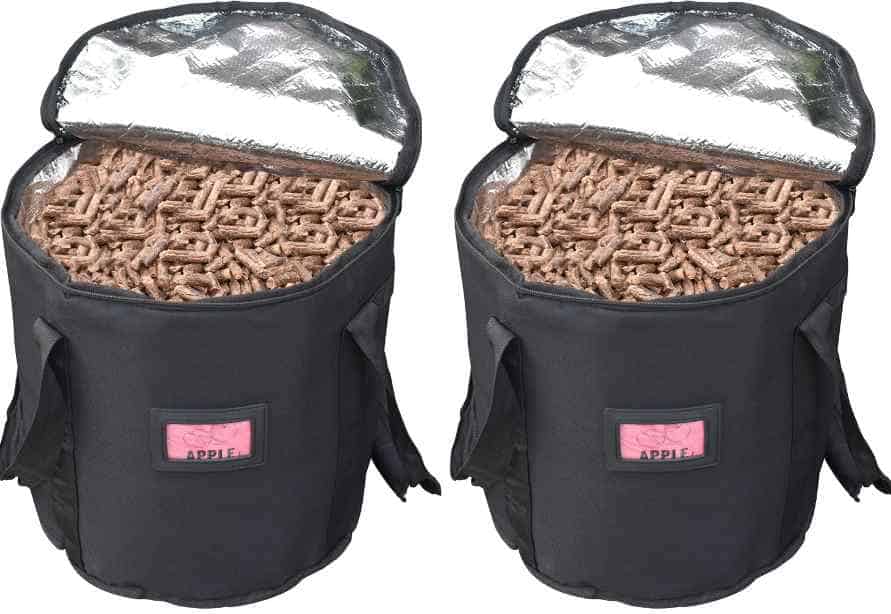
While some wood pellets come in resealable bags, these can be prone to tearing.
To better protect your pellets, transfer them to a large, sealable bucket or a similar container.
This method provides an extra layer of protection from humidity and potential damage.
Store pellets away from heat sources
Wood pellets are highly flammable, so it’s essential to store them away from extreme heat sources.
Avoid placing them near water heaters, furnaces, or other appliances that generate heat. Storing them in a safe, cool location will help prevent any potential fire hazards.
By following these guidelines, you can ensure that your wood pellets remain in optimal condition, providing consistent heat and flavor for your grilling needs.
Related >> The Pros and Cons of Pellet Grills (Comprehensive Guide)
Final Thoughts
In a nutshell, the key to a successful grilling experience lies in understanding pellet burn rates and proper storage techniques.
By factoring in aspects such as grill models, temperature settings, and regional climate, you’ll ensure a sufficient supply of pellets for your culinary creations.
Following the manufacturer’s advice for storage and usage guarantees optimal pellet quality and longevity.
>> Visit our extensive BBQ guides page for more articles that are similar to this one.
Greetings! I’m Chad, a 43-year-old barbecue aficionado hailing from the beautiful state of Texas. I’m thrilled to invite you on a culinary journey as we explore the art of grilling and smoking together. Through this blog, I aim to ignite your passion for barbecue by offering:
Scrumptious, time-honored BBQ recipes passed down through generations, guaranteed to tantalize your taste buds.
Expert guidance on mastering the grill, smoker, and diverse cooking techniques to elevate your barbecue game.
Recommendations on choosing the perfect tools and equipment tailored to your grilling requirements.
An inside look at the latest trends, innovations, and advancements in the ever-evolving world of barbecue.

